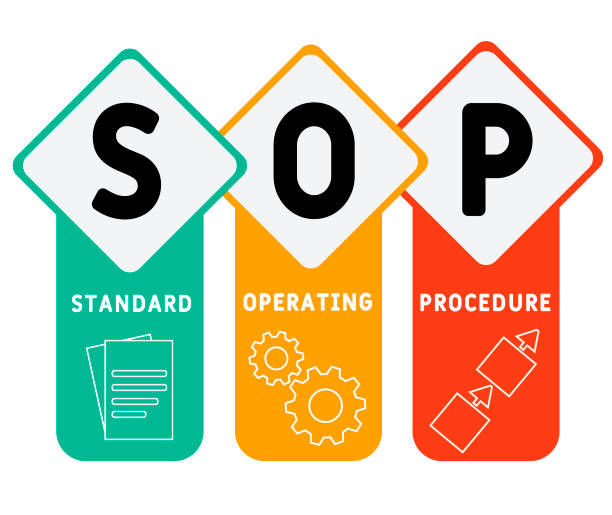
STANDARD OPERATING PROCEDURES
SIRAVYADHA

INTRODUCTION
Siravyadha is the procedure in which vein is punctured to let out the impure blood.
MATERIALS REQUIRED
- Ref General Requirements SOP
- Yavagu
- Taila
- Steam generator
- Spirit – Q.S.
- Tourniquet-1
- Needle – 18 G
- Butterfly cannula -1
- Kidney tray -1
- Glass beaker -1
- Cotton pad -2
- Gauze -1 roll
- Sterile gloves – 2 Pair
Manpower
- Therapist-1
- Physician-1
PREPARATION
Preparation of tray
- Take a clean tray.
- Put lancet, spirit, cotton pad, gauze, 18 G needle, butterfly cannula, borosilicate glass, shatadoutha gritha.
Preparation of patient
- Check vitals.
- Vegotsarga
PURVA KARMA
- The patient is given snigdha yavagu.
- Then, the patient is asked to sit comfortably in droni with extended legs.
- Sthanika abhyanga and nadi swedana is done.
PRADHANA KARMA
- The patient is asked to sit comfortably in a droni with legs resting on foot rest.
- The site for siravyadha is cleansed with a spirit swab.
- The vein to be punctured is examined and tourniquet is tied 4 angula above the site.
- If the vein is not prominent, gently tap over the vein using middle finger.
- Carefully, the vein is punctured using the needle and the blood is collected in a glass beaker.
- The tourniquet is loosened, and the blood is allowed to let out till the bleeding stop by itself or till the required volume of blood has been expelled.
PASCHAT KARMA
- The needle is gently removed.
- The area is cleaned with cotton and tightly bandaged.
- The patient is advised to take rest.
DURATION
- Till the bleeding stops by itself or till letting out the sufficient quantity of blood.
INDICATIONS
- Abscess
- Fever
- Abdominal mass
- Skin diseases
- Infections
- Splenic enlargement
- Diseases of the eye
- Diseases of oral cavity
CONTRAINDICATIONS
- Children
- Aged person
- Cough
- Breathlessness
- Hemiplegia
- Cachexia
- Convulsive disorder
- Preganancy
PRECAUTIONS
- Siravyadha should not be performed in extremely cold, hot, cloudy or windy day.
- Siravyadha should not be done in a vein which is not clearly visible.
- Siravyadha should not be performed in tortured veins and deep veins.
- Siravyadha should not be done in marma points.
- Siravyadha should not be performed in vein which is horizontal, that which has not been raised up.
COMPLICATIONS AND MANAGEMENT
- Moorcha – stop rakta mokshana and expose to gentle breeze.
- Atisrava – sandhanam, skandanam, pachanam, dahanam.



